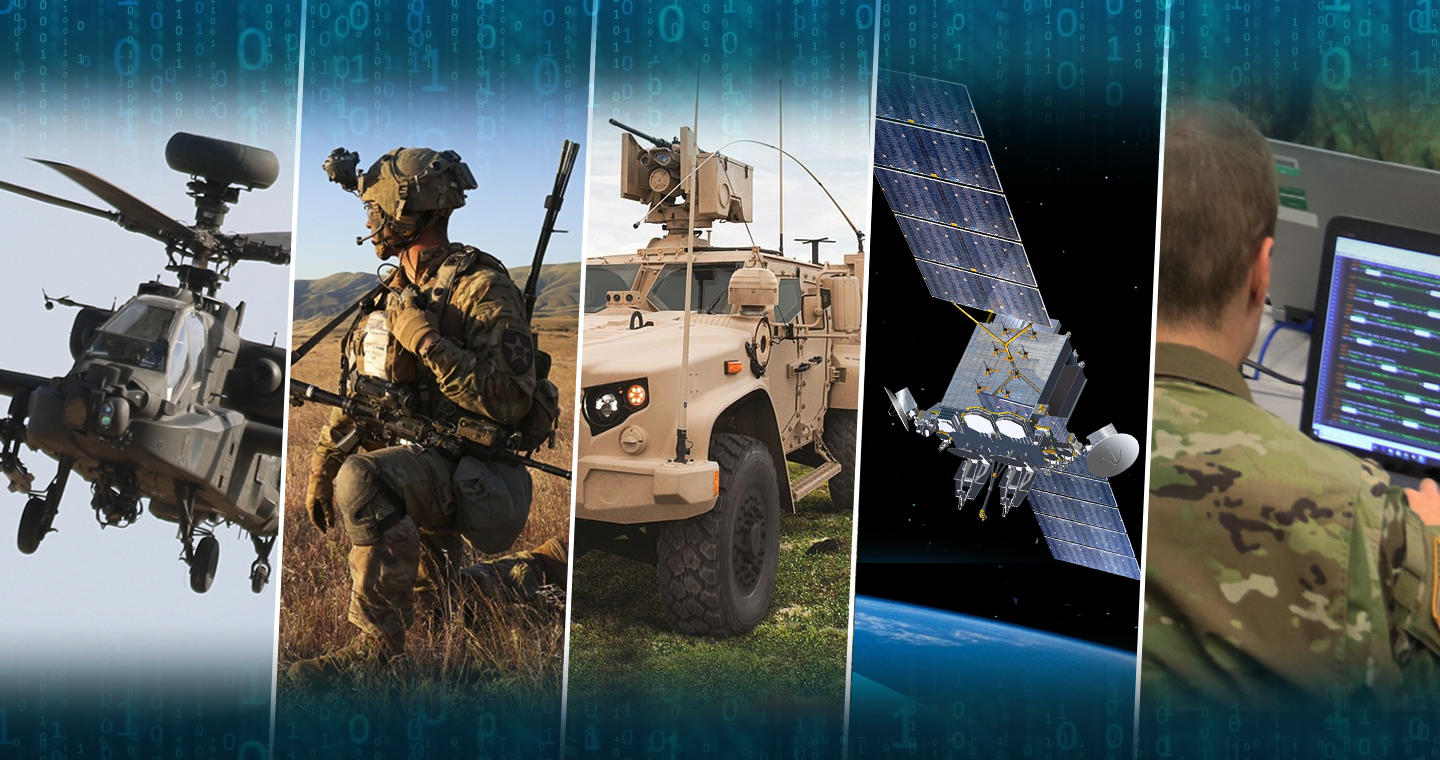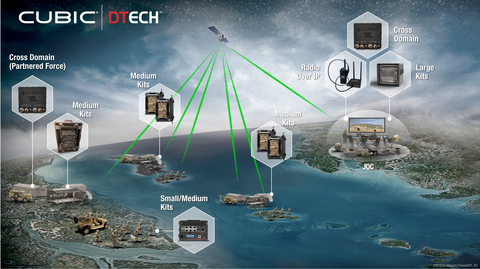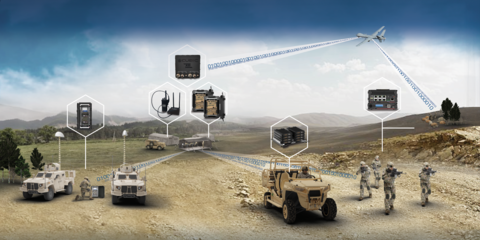If you’re looking to understand what it means to push the envelope in technological innovation, the Army’s continuous network modernization plan is a good place to start.
Split into two-year, incremental capability set (CS) programs, this unique approach to technology adoption will help the Army achieve full network modernization by 2028 and fulfill its mission of being ready to deploy, fight and win decisively against any adversary on an increasingly challenging, multi-domain battlefield.
This strategic innovation plan comes at the right time. In recent years, great power competitors like China and Russia have become highly adaptive, ramping up their combat capabilities and utilizing a combination of commercial and mission technologies to pose a multi-domain, multi-functional threat to our battlefield superiority. To make sure Army forces are set up for success in the years ahead, we believe Army leaders should keep in mind the following three considerations when assessing potential technologies for CS 23, CS 25, and beyond.
Double down on multi-domain
In order to build readiness for high-intensity conflict, it’s imperative that the Army chooses, builds, and deploys sustainable solutions, engineered not just to meet its current capabilities but ones that anticipate future requirements. These solutions should stand the test of time as operations across domains mature and bandwidth requirements increase.
Since part of the Army’s strategy involves working with multi-source technologies, chosen capabilities must be easily integrable into next-generation capabilities and be fully interoperable across domains. Army leaders should continue to look at open architectures, modular, agnostic systems, built with open interfaces and able to support a wide array of tactical systems from CS 23, CS 25 and beyond. Ensuring the chosen solutions integrate well with other systems will expand the Army’s capabilities today and protect its investment for the future.
Get set for extreme performance - in extreme environments
Not every solution will meet mission requirements. Harsh, austere war environments will test the art of the possible when it comes to new technologies. Therefore, when assessing various investment options, Army leaders should consider products that are advanced yet robust enough for high-tech war. The right solutions will be designed with mission requirements in mind, deployed in low size, weight and power (SWaP) packages, yet be sturdy enough to withstand high-intensity conflict.
The right technologies will also be resilient: withstand digital probes by adversaries and work well in threat-based environments against well-equipped, sophisticated enemies. As cyber threats continue to evolve, protected communications, secure data links and technologies proven to be hard to detect and intercept with strong anti-jamming capabilities will become even more critical to ensure Army networks can maintain contact without being exposed.
‘Easy to use’ can make the difference
Modern warfare will continue to generate increasing amounts of data that Army systems will need to gather, process, and analyze quickly in order to extract mission-insights and defeat the enemy. Therefore, any chosen solution should not only be relatively easy to learn but it should also be easy to use in any environment and by users of any skill set, including inexperienced soldiers. Capitalizing on rapidly evolving technologies such as machine learning, artificial intelligence, extreme virtualization or automation will be key to how we enable, accelerate, and improve decision making on the battlefield.
Establishing multi-domain dominance and responding more effectively to dynamic defensive and offensive operations requires mission-inspired solutions that are synchronized, secure, interoperable and easy to use, yet can be deployed in high-volume, at a low-cost and offer more power and capacity.
Our agile C4ISR solutions, built on the principle of continuous innovation, can help U.S. Army leaders address current requirements while anticipating tomorrow's challenges.
We will continue to further examine these requirements in our upcoming blog series.
##
*Photos by: U.S. Army Photo by Capt. Katherine Zins, U.S. Army photo by Spc. Angel Ruszkiewicz, CC BYCC BY-SA 4.0-Oshkosh-L-ATV, U.S. Air Force Photo-Satellite, U.S. Army photo by Eric Thompson. The appearance of U.S. Department of Defense (DoD) visual information does not imply or constitute DoD endorsement.
James Dick is the U.S. Army Account Executive for Cubic Mission Solutions. His customer centric approach fosters deep collaboration with his customers to envision and deliver transformational capabilities. James' customer engagements are currently focused on the 3-5 year horizon in order to create a positional advantage with multi-domain operations modernization solutions.




